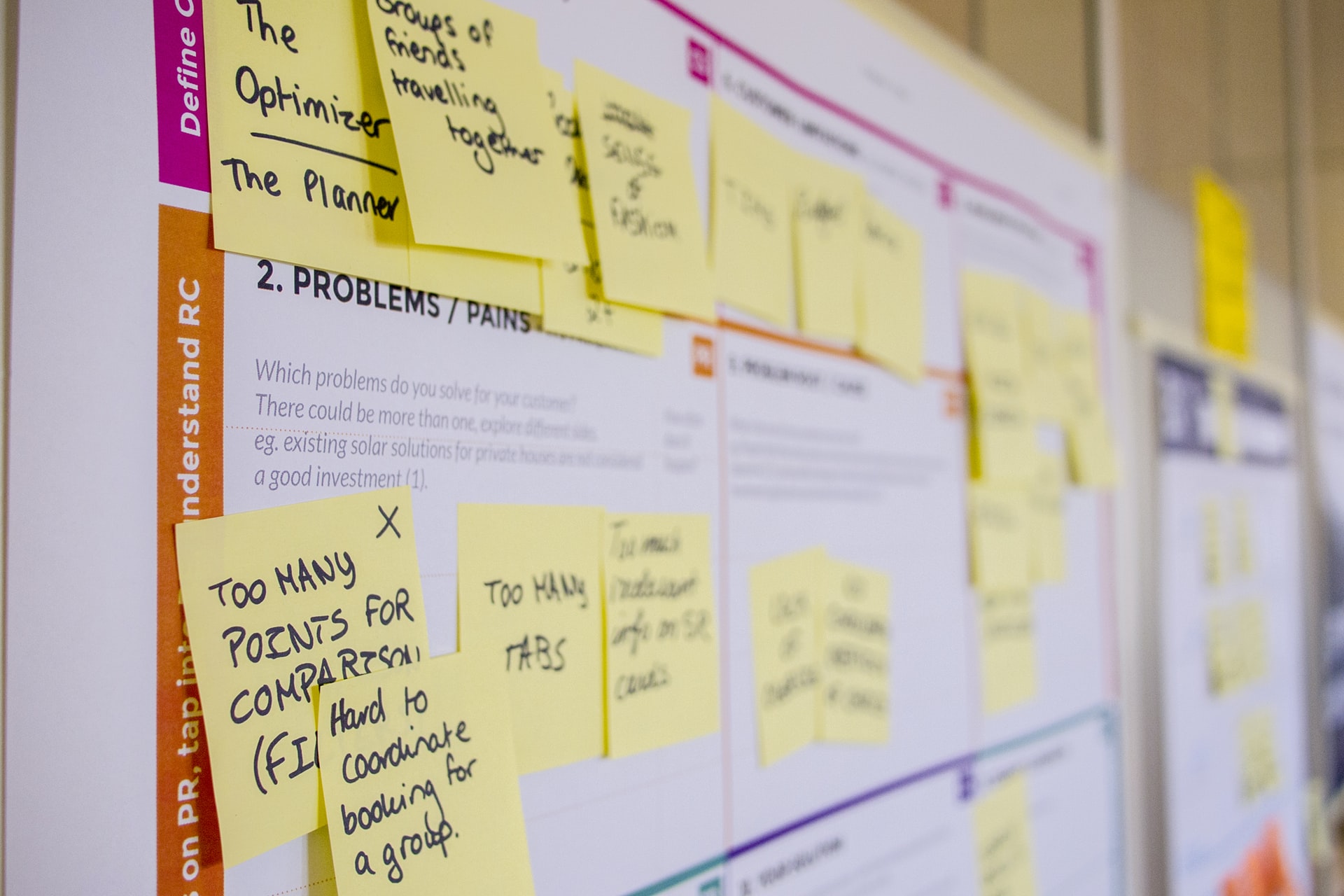The etymology of the word crisis states: “choice, decision, decisive phase of an illness”. Being in a time of crisis, such as the one that has characterized these months of lockdown, therefore means being called upon to choose, to make decisions on one or several matters that affect our personal and professional biographies, our organizations.
For us at Peoplerise it was a matter of making a choice on how to face this particular moment, a choice on how to invest our time and energy now that many of our usual activities had been, by necessity, suspended or delayed.
In our work we are often working side by side with our clients and the impossibility of meeting in person posed, for us as for many others, a great challenge. One recurring question was echoing in our conversations:
“How can we remain close to our clients during a historical moment in time when we can’t physically meet?”
Reinventing Lab: experience in firsthand
We are a community of curious people, who like to experience in firsthand the methodologies and approaches that we then propose to our clients. The “slow time” of these months therefore seemed like a great opportunity to experiment with a methodology that had intrigued us for quite some time. It’s called Reinventing Lab and it’s inspired by Zaid Hassan’s Social Lab.
Social Labs are projects carried out using a fluid and adaptive approach, allowing them to address complex social challenges, just like those we all faced during the pandemic.
In these methodologies the key word is experimentation, which is considered the crucial node for understanding the world and making it evolve. This is what attracted us to with the approach: the possibility of learning through initiatives carried out in safe spaces of reality, rather than designing and planning activities, with the risk that they would lose their meaning the following week, when a new ministerial decree was issued.
Step 1 | Observation
To do this we firstly looked around us: during a group meeting we shared what we were witnessing in the realities around us, starting from what we were experiencing in our homes, to the stories of our friends, to the difficulties that some clients had shared with us in informal chats.
Step 2 | Fields of research
This sharing gave rise to three fields of research on which to innovate through experimental initiatives:
- How can online activity be made participatory, enjoyable, and effective?
- How can we not forget about emotions during our days of smartworking?
- How can organizations be supported in taking care of their people during this period?
Step 3 | Sprints and studies
In the following weeks, each team had the opportunity to “put their hands to work” with respect to their own field of research, alternating sprints and moments of study.
During the 2-week “agile sprint,” teams developed and tested their research hypotheses in reality through experimentation with small-scale prototypes.
The sprints were then alternated with moments of “study”, meaning cross-team meetings in which each group presented the results of their experiments and received feedback for improvement from members of the other teams.
An example of such experimentation is the #smartwitheart campaign, where you can follow the developments during the last weeks on our social networks.

Step 4 | On a larger scale
In the light of the experiments carried out, we selected the most interesting prototypes and launched more complex and articulated projects. From the limited experiment we are now moving to a larger scale of implementation, giving rise to projects that have become part of our activities with clients.
What have we learned from experimenting with the approach of the Reinventing Lab?
Experiencing the Reinventing Lab model in firsthand has allowed us to learn a few things during these weeks which we would like to share with you.
1. The importance of letting go
Some of the ideas that were shared at the beginning came to an end during the first week of experimentation and were abandoned. This happened for various reasons: from realizing after the first experiment that the initiative has potential and therefore needs to be developed as a project (moving away from a trial-and-error environment), to realizing that some ideas were not interesting for ourselves and our stakeholders. It’s not always easy to let go of an idea you’ve invested in and are attached to, but it’s at the same time necessary to leave room for what is really essential.
2. Exploring in the small allows for scaling in the large with greater awareness
Realizing our ideas through initiatives with low initial impact allows us to collect feedback from the system. By putting a value on this feedback, a project can be scaled up to the entire eco-system (company and its stakeholders) and already have some awareness of the potential pros and cons of the initiative.
3. Experimenting step by step is fun!
Innovation in small steps, learning together step by step, takes us away from the fear of error and the responsibility of the result: there is no considerable budget invested, we are not investing whole working days on planning, there are no expectations of profits… in short, what is important is to build sense into what we are doing, and sense-making can be an extremely fun activity!
Even disruptive innovation requires method
Sometimes we are led to believe that to innovate all we need is creativity, that intuition that makes us see a new possible world. Thanks to the Reinventing Lab we were able to personally experience how much innovation requires rhythm, consistency, and methodological precision.
Only in this way our ideas can grow, mature and become reality!
